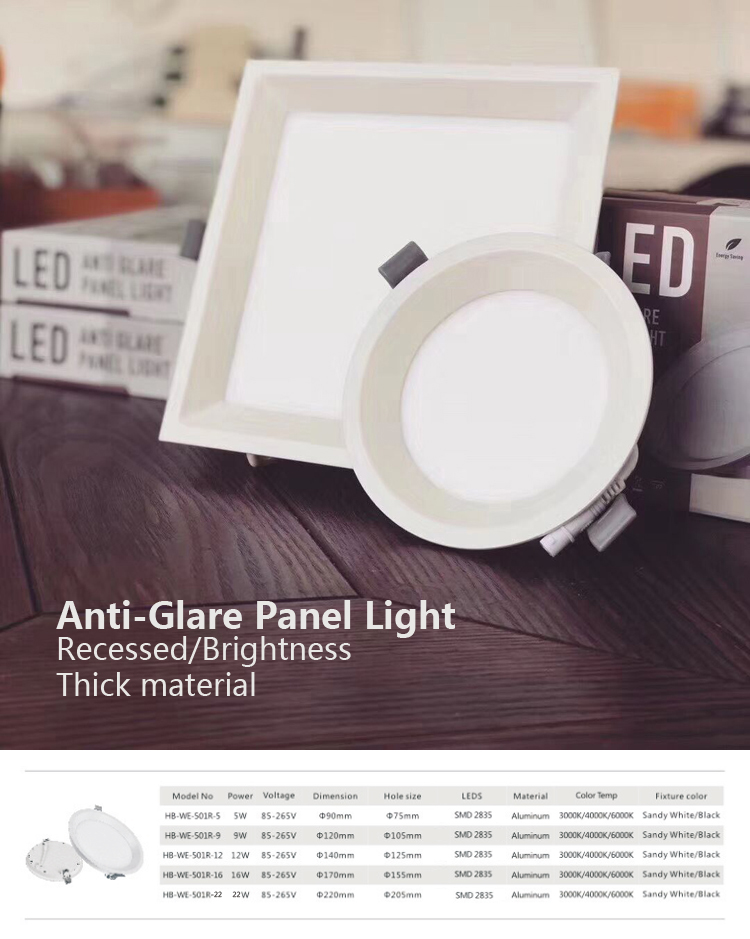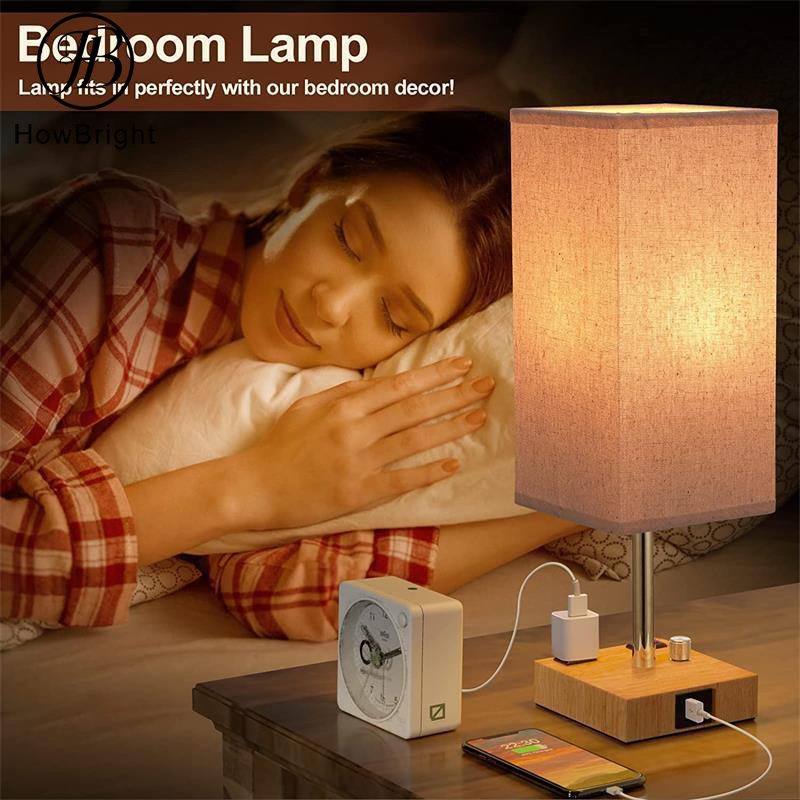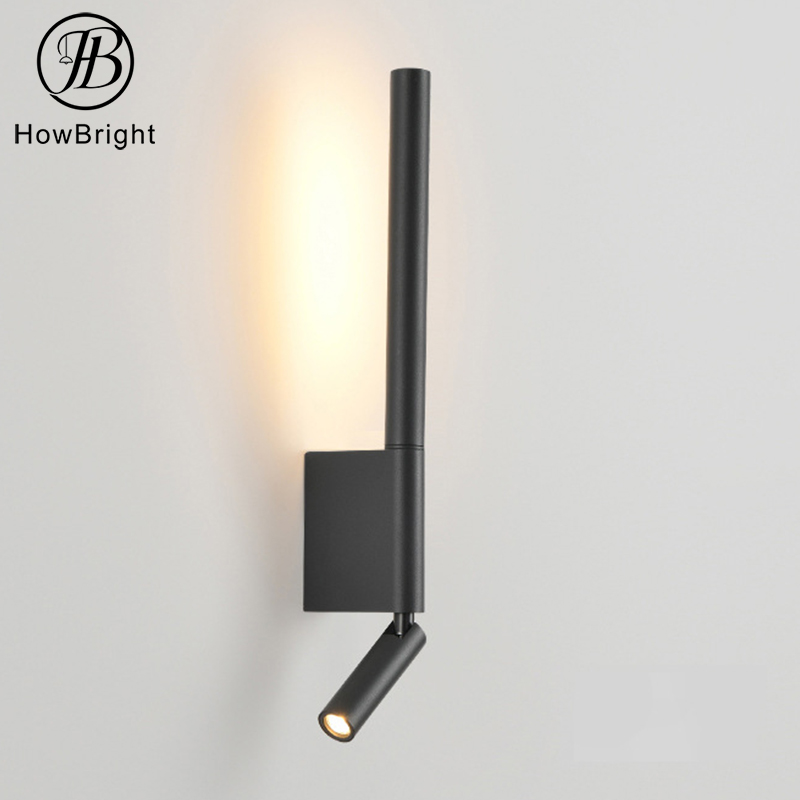Living room lighting: How to choose the right wattage?
Home lighting design is an indispensable part of home decoration. Appropriate lamps and layouts can make the home more beautiful, comfortable and safe. This article will introduce the basic principles and techniques of home lighting design to help you choose the right lamps and layouts to create a pleasant home environment.
1. Determine lighting needs and styles
Before you start designing home lighting, you need to determine the lighting needs and styles. According to different spaces and uses, you need to choose different lamps and light sources, as well as corresponding control methods. At the same time, you must also consider the unity and coordination of the overall home style.
2. Choose the right lamps
Chandeliers: Chandeliers are one of the most commonly used lamps in homes and are suitable for living rooms, dining rooms and other spaces. When choosing a chandelier, you need to consider factors such as room height, lamp weight, style, and the overall home style.
Ceiling lamps: Ceiling lamps are suitable for spaces such as bedrooms and study rooms, and can provide soft and uniform lighting. When choosing a ceiling lamp, you need to consider factors such as room area, lamp power, and light color.

Table lamps: Table lamps are suitable for spaces such as desks and bedside tables, and can provide concentrated and bright lighting. When choosing a table lamp, you need to consider factors such as light brightness, color, and placement.

Wall lamps: Wall lights are suitable for spaces such as corridors and stairs, and can provide local, decorative lighting. When choosing wall lamps, you need to consider factors such as lamp style, light color, and installation location.

3. Layout lamp position
Determine the main lighting area: The main lighting area is usually located in the center of the room and can illuminate the entire space. The location of the main lighting area can be determined according to the purpose and area of the room.
Arrange auxiliary lighting: Auxiliary lighting is usually used to supplement the shortcomings of the main lighting and can provide more uniform and soft lighting. Auxiliary lighting can be arranged in the corners, walls, ceilings, etc. of the room.
Determine key lighting: Key lighting is usually used to highlight a specific area or object in the room, and can provide concentrated and bright lighting. Key lighting can be set up in locations such as desks, sofas, and dining tables.
Consider color temperature and color rendering index: Color temperature and color rendering index are two important indicators for measuring light quality. Generally speaking, white light with a color temperature between 4000K and 5000K is more suitable for home lighting, and a color rendering index above 80 can meet general needs.
4. Choice of control method
Manual control: Manual control is the most common control method, and the switch and brightness of the light can be controlled through switches, dimmers and other devices.
Intelligent control: Intelligent control can control the switch, brightness, color temperature and other parameters of the light through mobile phone APP, voice assistant and other devices. At the same time, it can also realize functions such as timed switch and scene setting to improve the living experience.
Infrared control: Infrared control can control the switch and brightness of the light through a remote control, which is especially suitable for use at the head of the bed.
Induction control: Induction control can automatically control the switch and brightness of the light through sensors, which is especially suitable for use in spaces such as corridors and toilets.
5. Summary
Home lighting design needs to be considered in combination with the overall home style and actual needs. Choosing appropriate lamps and layouts can improve the living experience and safety. When choosing lamps, you need to consider factors such as room height, area, purpose, and overall home style; when arranging the location of lamps, you need to consider factors such as main lighting area, auxiliary lighting, and key lighting; when choosing control methods, you need to choose according to actual needs and personal preferences. By using the above techniques and accumulating practical experience, I believe you will be able to create a pleasant home environment.
